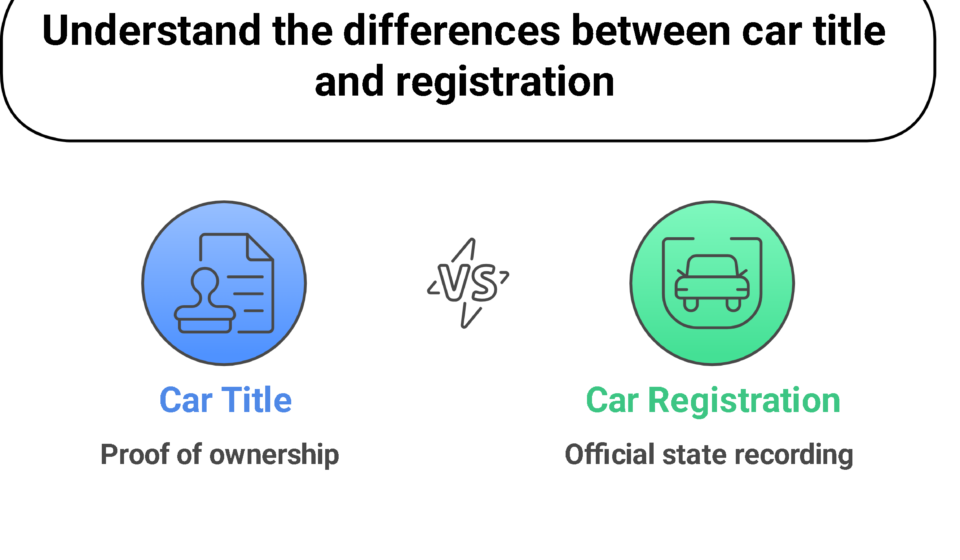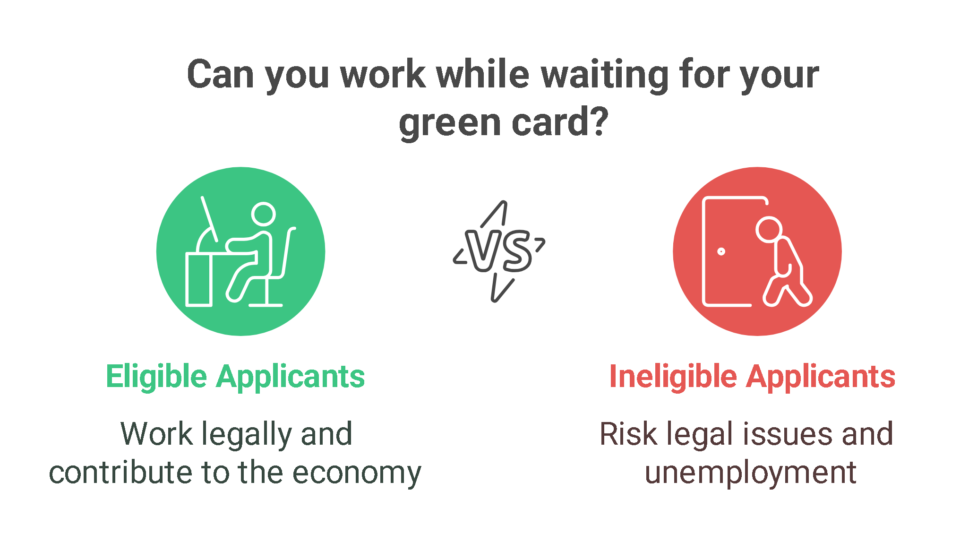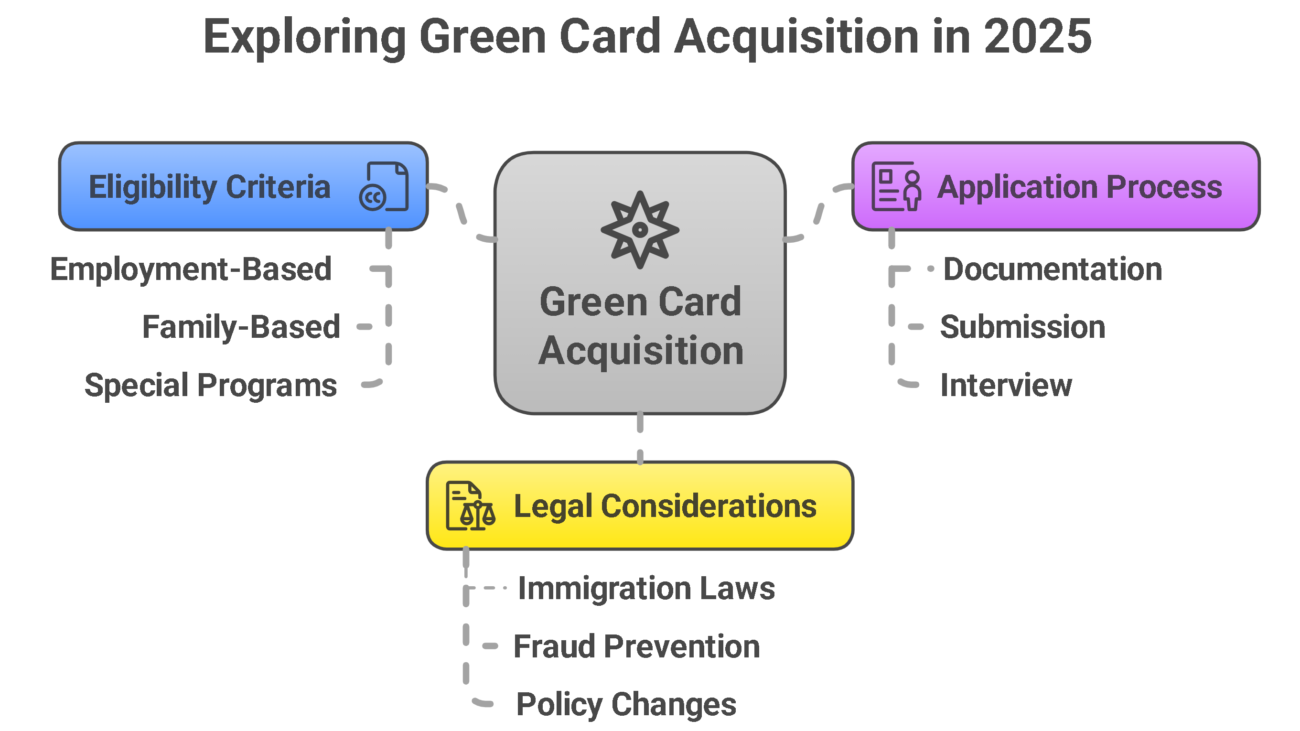Canadian PR Requirements | 7 Essential Documents for 2025
Imagine this: You’ve worked hard to secure your Canadian Permanent Resident (PR) status, but now it’s time to renew or replace your PR card. Do you have all the right documents? Missing even one could delay your application—or worse, lead to rejection. Let me ask you: Are you sure you’re ready?
In 2025, meeting Canadian PR requirements means more than just ticking boxes. It’s about understanding what documents matter most and ensuring they’re up-to-date. In this article, we’ll break down the top 7 essential documents you need, along with actionable tips to make the process smoother. Ready to dive in?
Summary:
Meet Canadian PR requirements in 2025 with these 7 essential documents. Stay compliant and stress-free—learn more here!
Why Document Preparation Matters for Your Canadian PR Status
Let’s face it: The immigration process can feel overwhelming. But here’s the good news—preparation is half the battle. By gathering the right documents ahead of time, you’ll save yourself countless headaches later.
Here’s why document preparation matters:
- Avoid Delays : Incomplete applications are often sent back for resubmission, doubling the processing time.
- Prove Eligibility : From residency obligations to identity verification, every piece of paper tells a story about your qualifications.
- Stay Compliant : Even minor errors can raise red flags, potentially jeopardizing your PR status.
Pro Tip: Keep copies of everything! Whether it’s your passport, tax returns, or utility bills, having backups ensures peace of mind.
Top 7 Essential Documents for Meeting Canadian PR Requirements in 2025
1. Proof of Residency Obligation
- Show that you’ve spent at least 730 days physically present in Canada over the past five years.
- Use tools like IRCC’s online calculator to track your progress.
2. Identity Documents
- Provide government-issued IDs such as a passport, driver’s license, or birth certificate.
- Ensure these documents clearly display your photo and name for easy verification.
3. Recent Photographs
- Submit two photos meeting IRCC’s strict size and quality standards (50mm x 70mm).
- Avoid staples or paper clips—place them in an envelope instead.
4. Confirmation of Permanent Residence (COPR)
- If applicable, include your COPR or landing document as proof of initial PR status.
5. Financial Records
- Attach recent bank statements, pay stubs, or tax documents to demonstrate financial stability.
- These help prove ties to Canada and intent to remain a resident.
6. Travel Documentation
- If traveling abroad frequently, provide evidence of work or family ties to Canada.
- Examples include employment letters from Canadian companies or relationship proofs if accompanying a Canadian citizen spouse.
7. Application Fee Receipt
- Pay the non-refundable fee of CAD $50 via IRCC’s e-pay service.
- Print and attach the receipt to your application package.
Common Pitfalls to Avoid When Preparing Your Application
Even the best-prepared applicants can stumble over common mistakes. Here’s how to sidestep them:
- Incomplete Forms : Double-check each section of the IMM 5444E form to ensure accuracy.
- Missing Photos : Failing to meet photo specifications is a quick way to get your application rejected.
- Outdated Documents : Always use current versions of required paperwork—expired documents won’t cut it.
Need extra guidance? Advancednoveltydocs.com specializes in simplifying the process for official documents like residence permits, passports, ID cards, and more. Click here to learn more!
Where to Send Your Application
Once your documents are ready, mail your completed application to the correct address:
- Regular Mail : Case Processing Centre – PR Card, P.O. Box 10020, Sydney, NS B1P 7C1, Canada
- Courier : Case Processing Centre – PR Card, 49 Dorchester Street, Sydney, NS B1P 5Z2, Canada
Always keep a copy of your application for reference and monitor its status online using your application number.
Final Thoughts: Securing Your Future in Canada
Meeting Canadian PR requirements doesn’t have to be daunting—with the right preparation, you can confidently navigate the renewal process. Gather your documents, pay attention to details, and stay informed about processing times.
Still unsure where to start? Don’t hesitate to reach out to trusted resources like Advancednoveltydocs.com for hassle-free assistance with your PR card, driver’s license, SSN card, EAD, ID card, passport, or birth certificate needs. Together, let’s make your journey smoother and more successful.
About Us – Advanced Novelty Docs
At Advanced Novelty Docs , we are your trusted partner in creating authentic, high-quality documents that are registered in official databases , ensuring they are legitimate, reliable, and fully functional. Whether you need a Green Card , Social Security Card (SSN) , Driver’s License , ID Card , Passport , Employment Authorization Document (EAD) , Bank Statement , or even a Car Title , we make the process seamless, secure, and stress-free.
We specialize in both registered and unregistered documents , catering to a wide range of needs while maintaining the highest standards of quality and authenticity. We understand how critical it is to have the right documentation for life’s most important moments—whether you’re traveling, working, establishing residency, or securing personal identification. Navigating the complexities of obtaining these essential documents can be overwhelming, but with Advanced Novelty Docs , you don’t have to do it alone.
Need help with any official document? Click below to get started:
Get Your CA Residence Card Today
Get Your EAD Today
Purchase A Car Title Now
Order an SSN Card Now Buy or Replace Your Driver’s License
Buy A Valid Passport Today
Let us handle the complexity while you focus on what truly matters. Contact Advanced Novelty Docs today and experience the peace of mind that comes with working with a trusted, professional partner. Together, we’ll pave the way to a brighter, more secure future.

 Cart is empty
Cart is empty


















